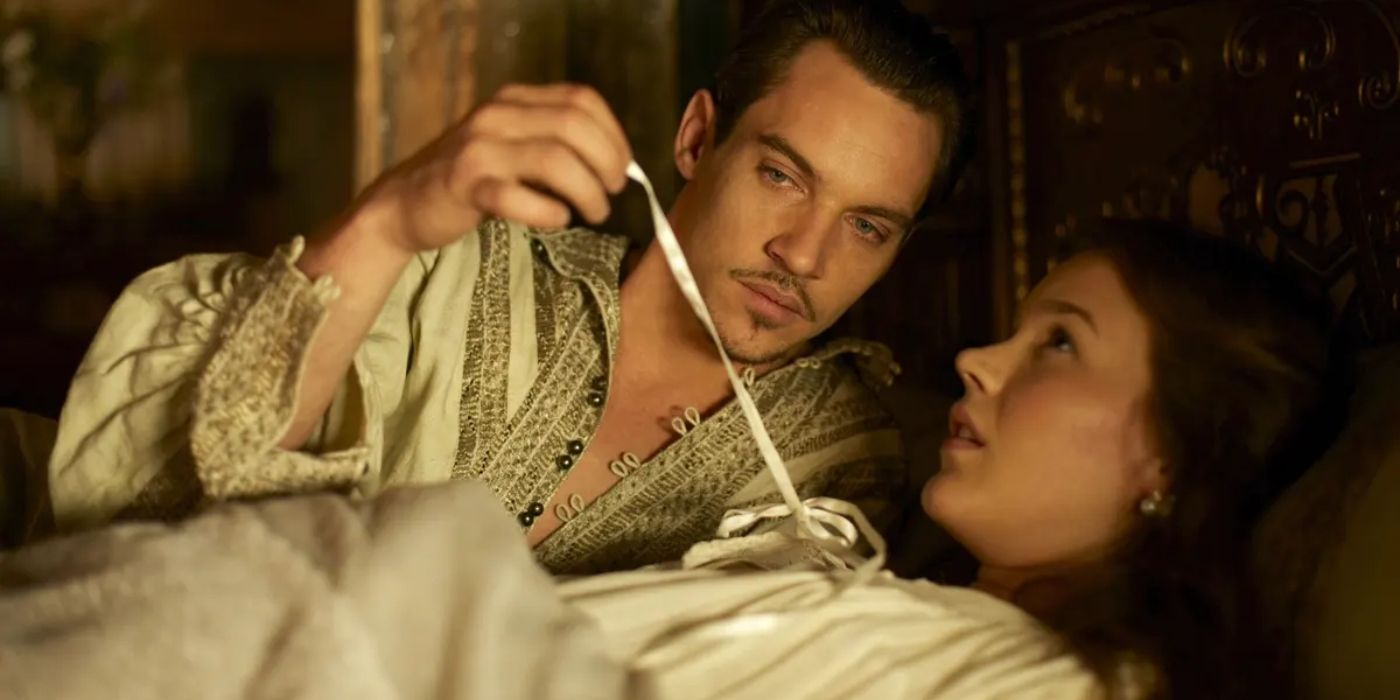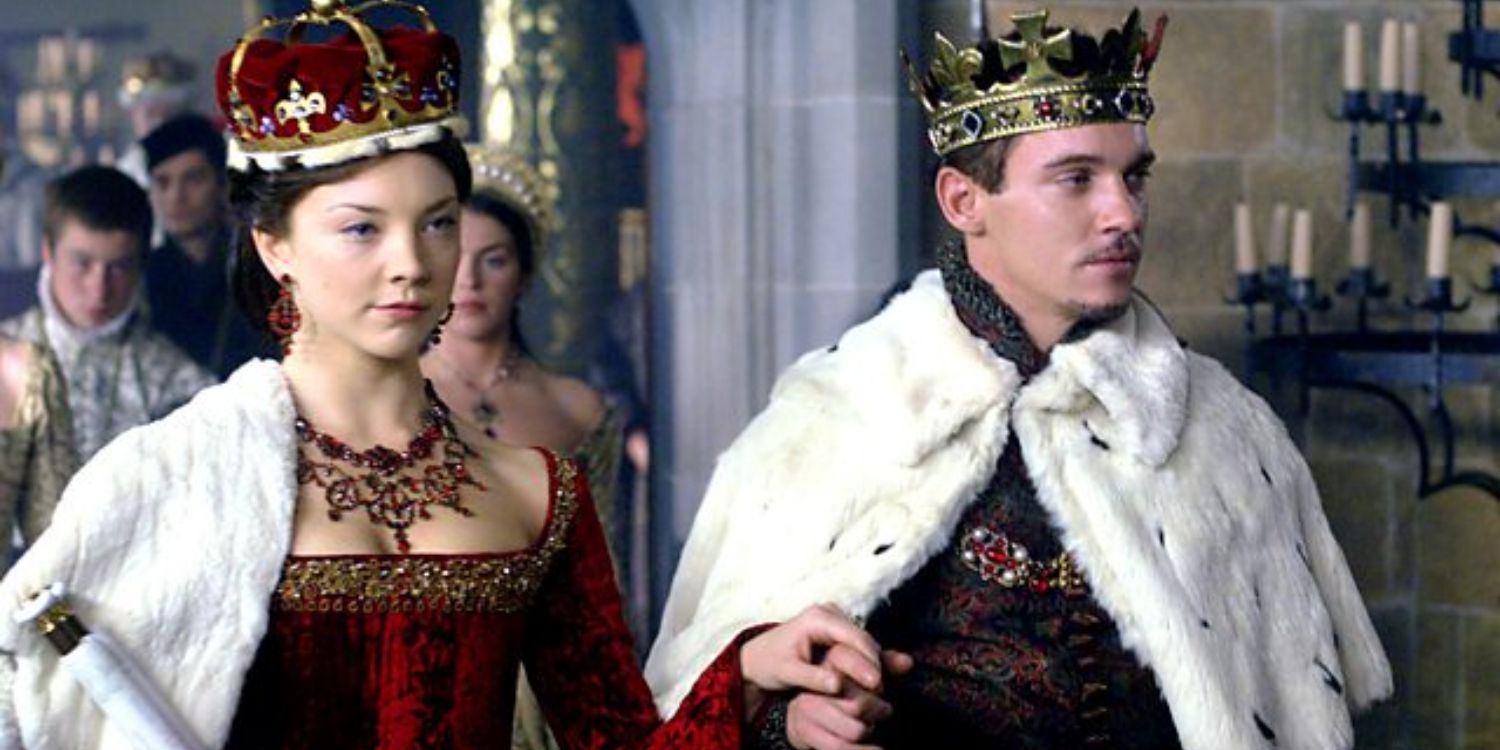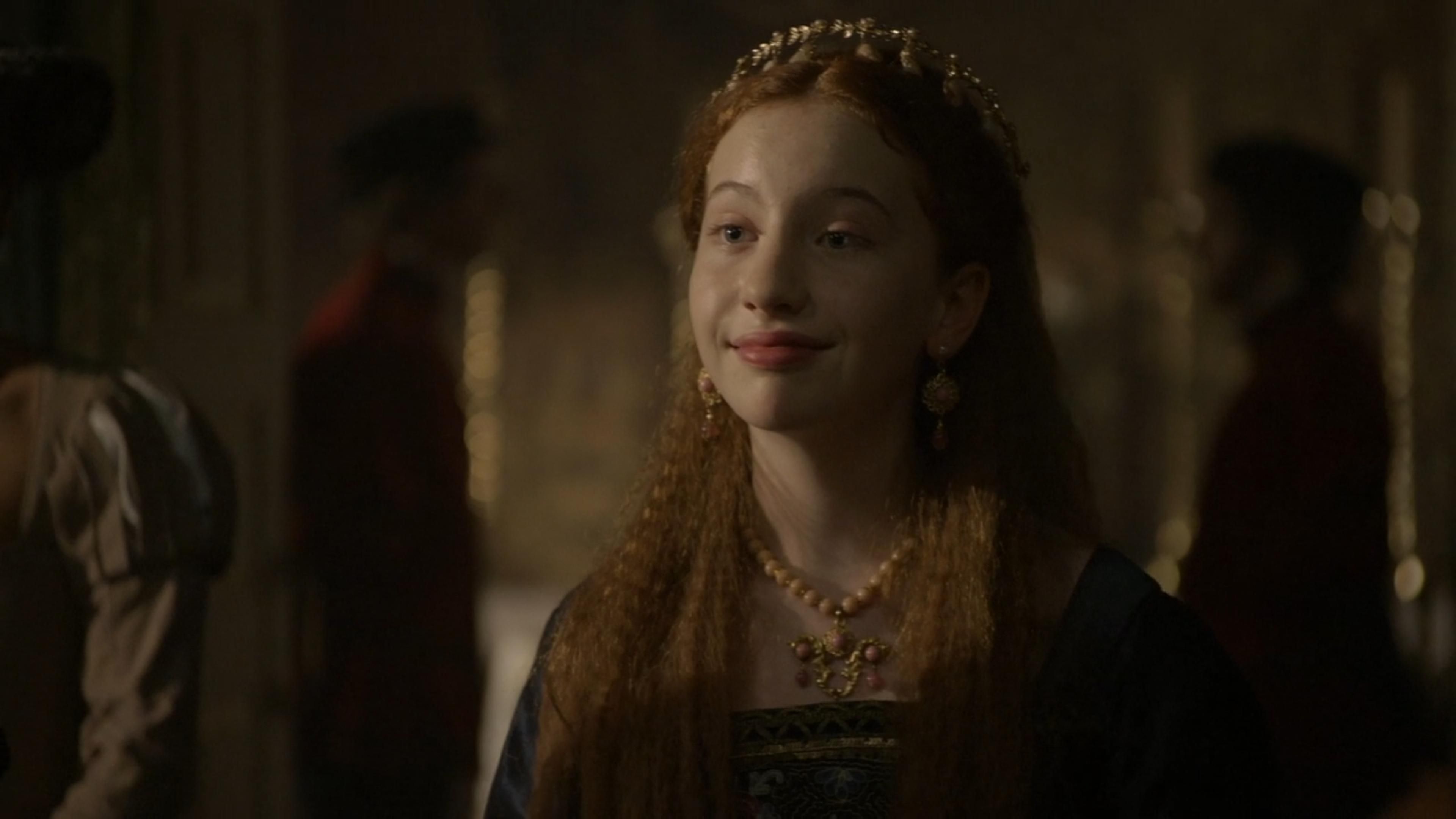Related
Summary
The Tudorsoffers viewers a tantalizing glimpse into the sovereignty of Henry VIII , but how accurateThe Tudorsis has been call into question . While it remain firm as one of Showtime ’s most memorable speculation into historical fiction , it ’s every bit famed for its creative shore leave . The writers openly embraced a flexible attack to diachronic accuracy , weaving a tapestry of story that alternated between fact and fable for the rice beer of entertainment . Despite these deviation , the serial also ground itself in genuine historical events , surprising witness with its adhesion to world in some storyline .
Determining the line between fact and fable inThe Tudorscan be as intriguing as the show itself . What aspects of the series accurately reflect the tumultuous era of Henry VIII ( played byJonathan Rhys Meyers inThe Tudorscast ) , double-dyed with his ten thousand of wives and political intrigues , and which are vestal inventions , designed to entertain ? This contrast offers a fascinating insight into the blend of historical true statement and originative storytelling that defines the series , and how accurateThe Tudorsis .
The Tudors was known for being a groovy period drama on Showtime , and here are some hidden details fan might have overlook about the fantastic costumes .
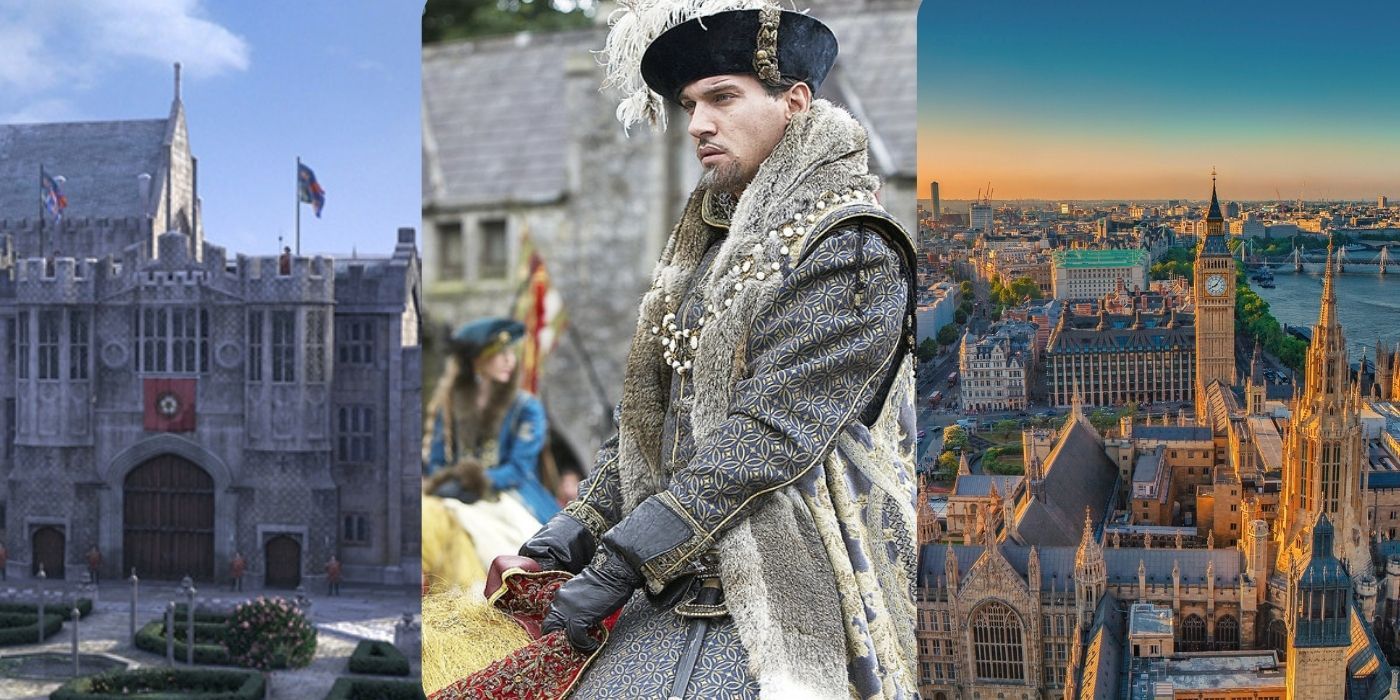
Watch The Tudors on Prime Video
Things In The Tudors That Are Historically Accurate
Henry’s Sister Secretly Married His Best Friend
Seemingly plucked from a soap opera , theplot where Henry ’s sister marries his best friend in secret is surprisingly accurate . Contrary to the show ’s dramatic flair , this story sticks intimately to historical events . Charles Brandon , Henry ’s confidant , clandestinely we d Mary Tudor , Henry ’s sister , following her widowhood — not Margaret as depicted , nor to a Portuguese king , but to King Louis XII of France .
Despite marrying without Henry ’s consent , have initial outrage , the king ’s deep affection for both lead to their eventual pardon , mirror the on-key complexity and bonds of Tudor court life .
From Victoria and The White Queen to The Crown , discover the good point dramas to watch alongside Starz ’s The Serpent Queen .
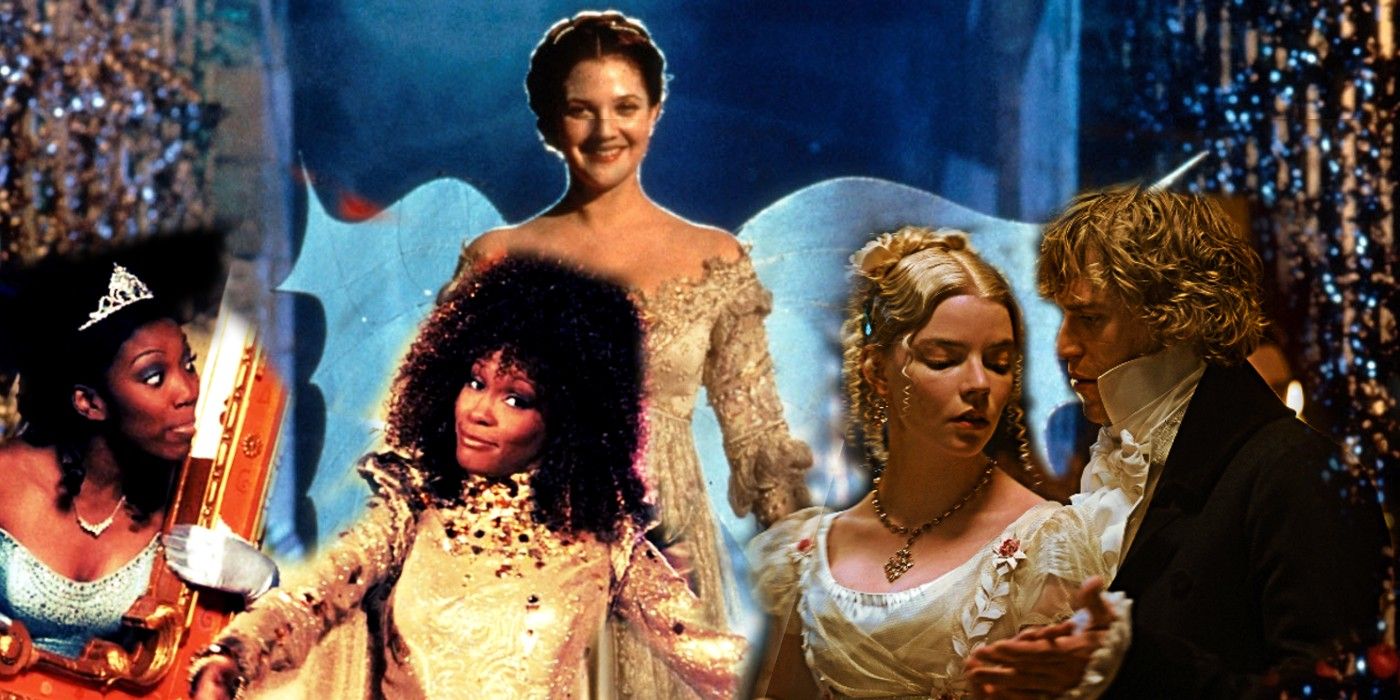
Henry Had An Illegitimate Son With Elizabeth Blount
Amidst King Henry VIII ’s notorious pursuance for a male heir — a quest that remold chronicle — he did , in fact , father a son . Henry Fitzroy , born to Henry and his kept woman , Elizabeth Blount , was a real yet unmarked piece of the monarch ’s complex bequest .
Although Fitzroy ’s parentage did not fulfill the king ’s desire for a lawful heir , he was far from forgotten . recognize by Henry , Fitzroy was showered with favoritism and elevated to nobility as the Duke of Richmond and Somerset , underscoring the power ’s nuanced personal life and the intricate kinetics of Tudor chronological sequence .
Henry Really Was That Much Of A Womanizer
Over time , historical perspectives often stir , casting figures like Henry VIII in a less - than - flattering light . Despite modern impressions that scarcely align with what would be deal attractive , Henry in his youth was indeed considered attractive andlived up to his womanizing reputation as portray inThe House of Tudor .
His marital risky venture are well - document , with a ill-famed track book of quickly replacing married woman . Beyond his six marriages , Henry ’s charm and position attract a myriad of lover . This aspect of his persona , though controversial , is historically accurate , expose the king ’s complex nature and the allurement he held in his time .
The towns and cities watch in The Tudors seem so precise , even though many have faded away over clock time . Still , a few iconic city stomach today .
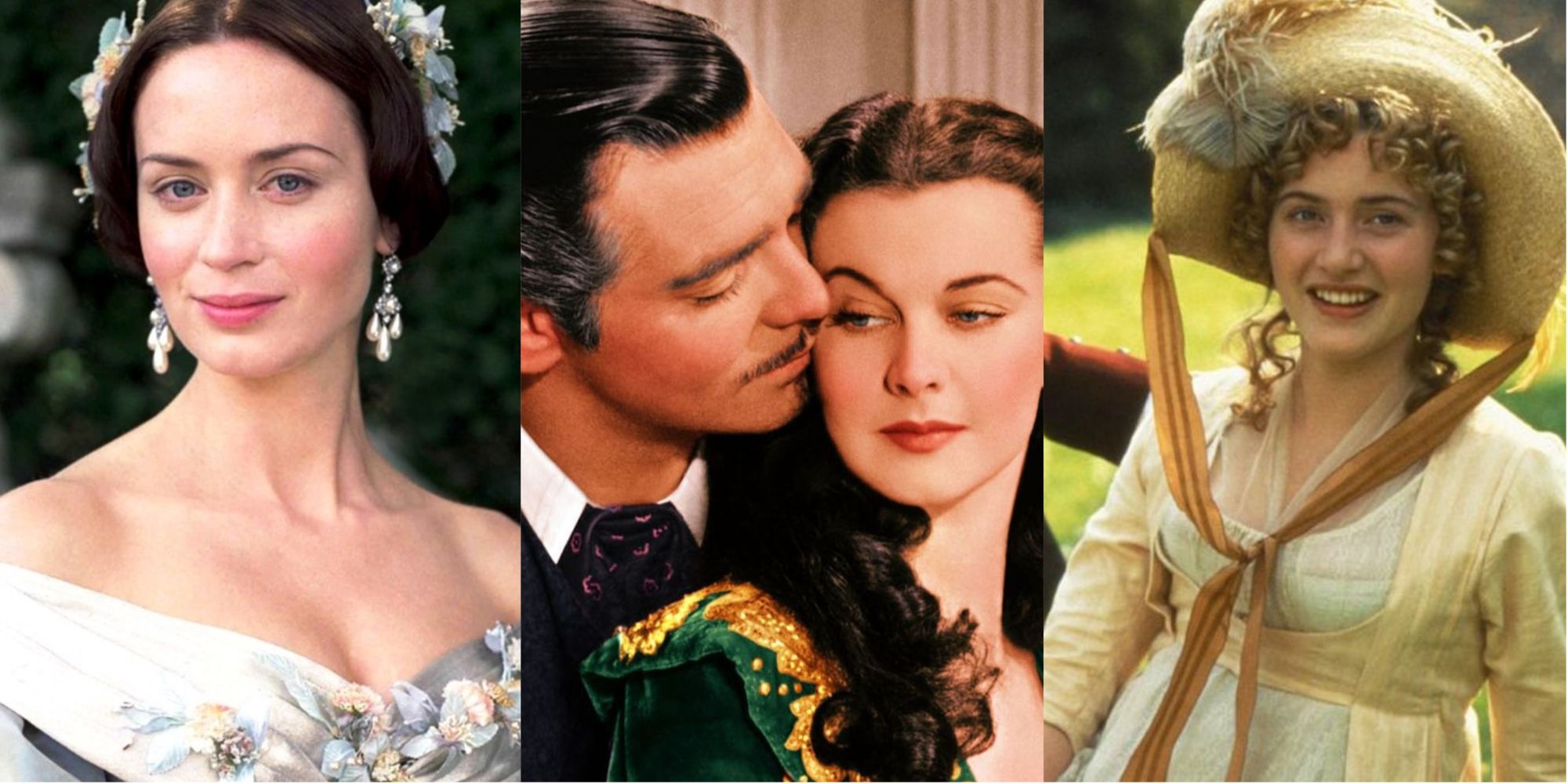
Henry’s Desperation For A Legitimate Son Was Real
The Tudorsembellished diachronic fact for drama , but Henry VIII ’s life required little overstatement to rival any max opera house . His fervent desire for a male heir was not just a narrative comfort station ; it was a profound reality . This fixation was n’t merely a personal whim ; it was a issue of dynastic survival and internal stability .
Henry ’s cryptical - seated fear of leaving no male replacement led him to take actions that altered the course of English chronicle and the church service . His stern seeking for a Logos underpin many of the era ’s pivotal moments , illustrating how personal desires can indeed reshape the world .
While fans wait for Bridgerton time of year 3 to premier on Netflix , these period dramas fascinate the romanticism , steaminess , and diversity of the show .
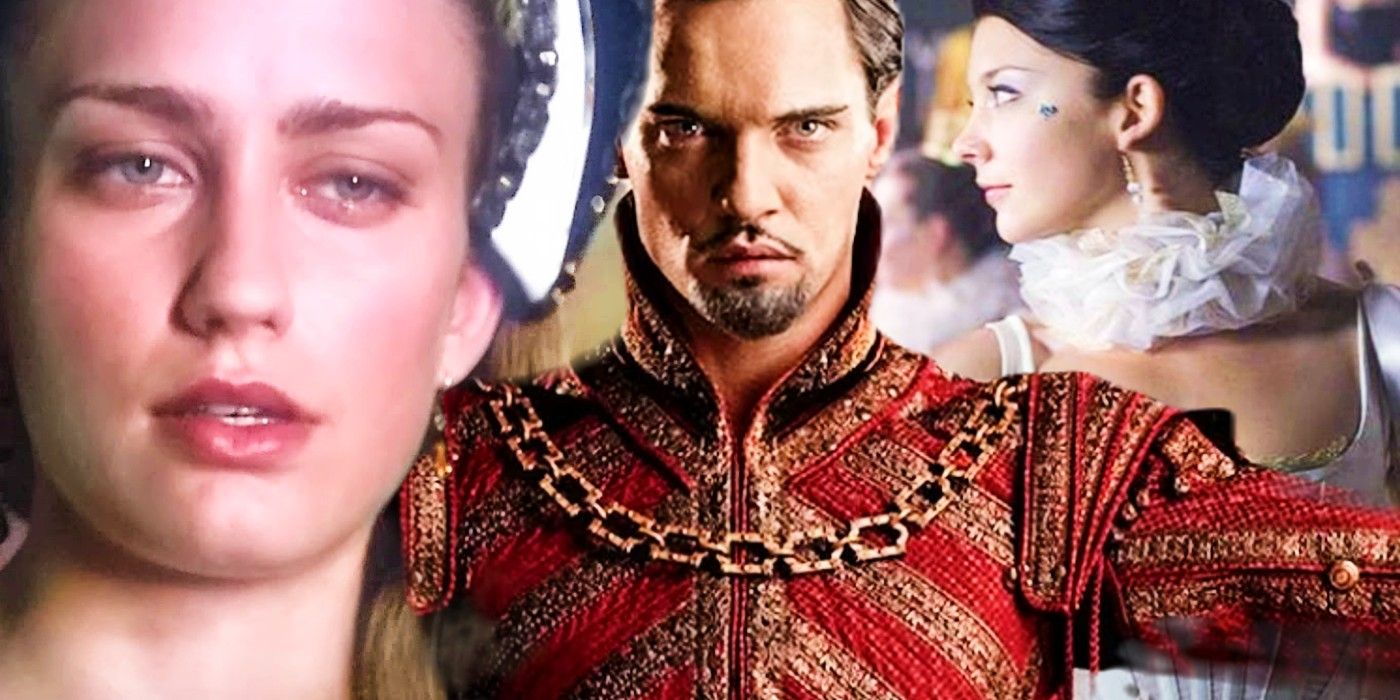
Custom Image by Stephen Barker
Henry Left The Catholic Church So He Could Remarry
While his infatuation with Anne Boleyn doubtlessly mold his action , the underlying motive was his dire need for a legitimate manly successor .
King Henry VIII ’s deviation from the Catholic Church to institute the Church of England was a watershed moment in history , drive by his purpose to avoid his marriage to Catherine of Aragon and we d Anne Boleyn . Before this whole step , Henry exhausted every possible appeal within the Church to dissolve his marriage de jure .
While his puppy love with Anne Boleyn doubtless influenced his actions , the underlying motive was his desperate need for a legitimate virile successor . This aspiration catalyze not only his marital decisions but also precipitated the split between England and the Catholic Church , reshaping religious and political landscapes across Europe .
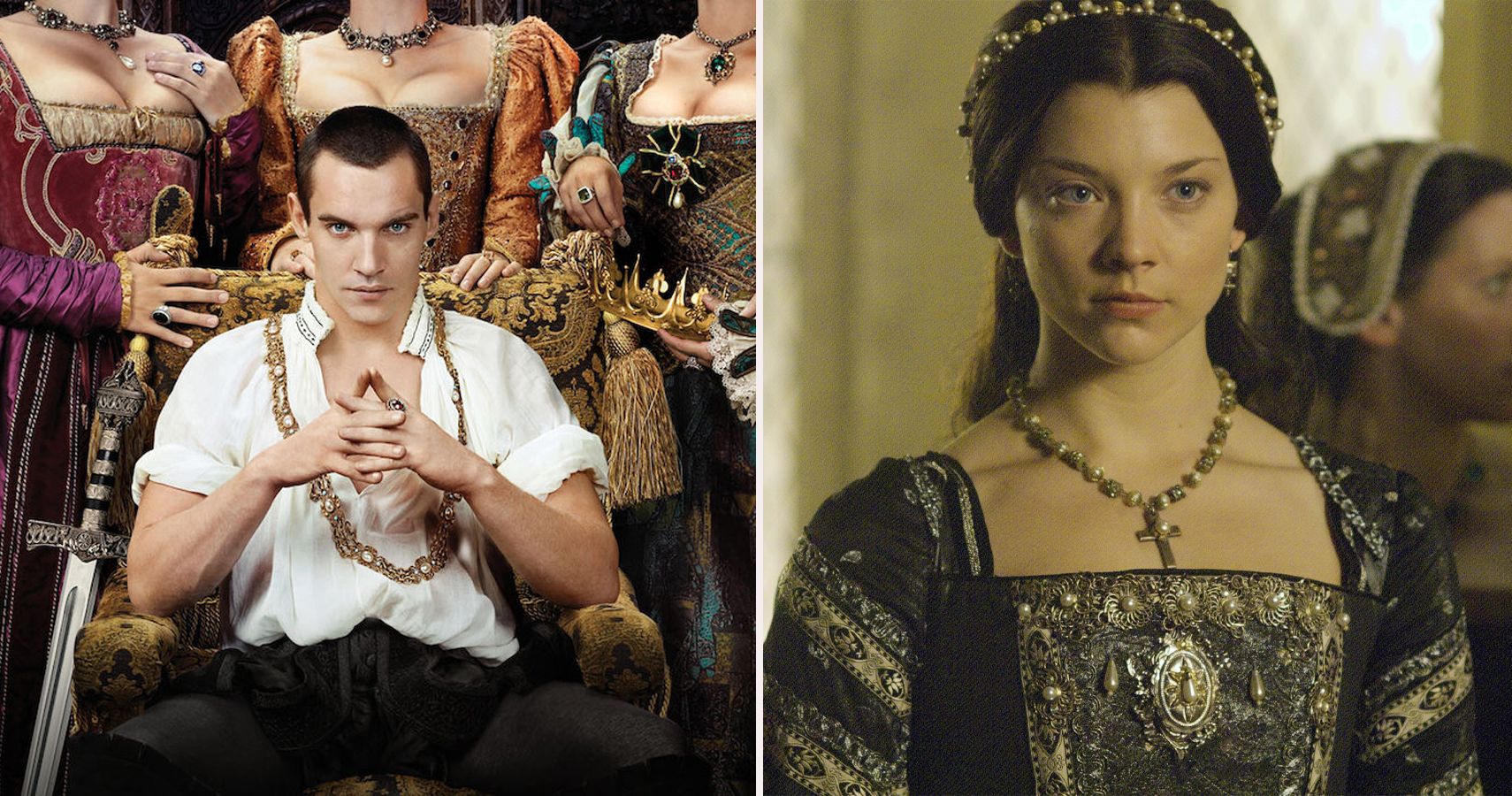
Romantic period drama are beloved all over the earth . IMDb ratings can help viewers find the most romantic and engaging choice to watch .
Things In The Tudors That Are Fictional
Henry Had Two Sisters, Not One
The Tudorsportrays Henry VIII as having just one baby , Margaret Tudor , whilein realism , he also had a 2nd sis , Mary . This choice to immix the lives and taradiddle of both sisters into the singular character of Margaret might have been a story strategy to streamline the secret plan , focalize on the most compelling aspect of their history .
Despite the merger simplifying the storyline , it does overlook the individual signification and historical contributions of each sister . Given the show ’s attention to lesser - lie with diachronic figure , the deletion of Mary Tudor remain a surprising decision , subtly change the familial moral force surrounding Henry VIII .
Henry Fitzroy Died Young, But Not That Young
The Tudorsdramatizes the premature death of Henry Fitzroy , King Henry VIII ’s only acknowledged illegitimate Logos , suggesting he passed away as a young child . perverse to this portrayal , the historical Henry Fitzroy run into his ending at 17 , an long time considered maturity in the Tudor earned run average .
Already espouse , his death was indeed due to illness — possibly tuberculosis , though the accurate causa stay on notional among historians . This ill-timed loss quench Henry VIII ’s faint hope for a male heir through Fitzroy , marking a touching chapter in the top executive ’s quest for succession , further emphasizing the personal disaster that haunted his reign .
Mary And Elizabeth Weren’t Princesses
InThe Tudors , King Henry VIII affectionately address his girl , Mary and Elizabeth , as " princesses , " yet historically , this championship was formally denied to them . Driven by his fixation on securing a male heir , Henry VIII determine to de - legitimate both daughters , effectively stripping them of their royal deed in anticipation of a next male person heir .
Despite this , Mary and Elizabeth ’s destinies were far from diminished . They ascended to the throne as queen , with Elizabeth ’s reign emerging as one of the most notable in history . Although they were not princesses in their Church Father ’s lifetime , their legacies surpassed the confines of such titles .
Henry Was Much Older When He Married Catherine Howard
The marriage and subsequent execution of Catherine Howard represent a striking chapter in bothThe Tudorsand the factual history of Henry VIII . While the series beguile Catherine ’s youthful age and her treasonous affair with Thomas Culpeper , it gloss over Henry ’s strong-arm experimental condition .
Historically , Henry was significantly older and had gotten heavyset , a stark contrast to his portrayal in the show . This discrepancy likely contributed to Catherine ’s marital dissatisfaction , leading historiographer to speculate that her avidity to look for companionship elsewhere was partly due to being bind to a married person who was far from what a teenager might find suitable .
Catherine Parr Was Much Younger When She Married Henry
InThe Tudors , Catherine Parr , Henry VIII ’s sixth and final wife , is depicted as come on middle age at the metre of her marriage . However , historical disk show she was under 30 when she we d the 52 - year - honest-to-god king , contradicting her on - screenland portrayal .
Their trades union , last around four years until Henry ’s demise , was marked by proportional pacification and mutual respect , diverging from the tumultuous relationships Henry had with his previous wife . This lack of drama , while less bewitching , underscores a period of stability in Henry ’s former age and may explain why this part of his life story receives less attention in the serial .
Cast

